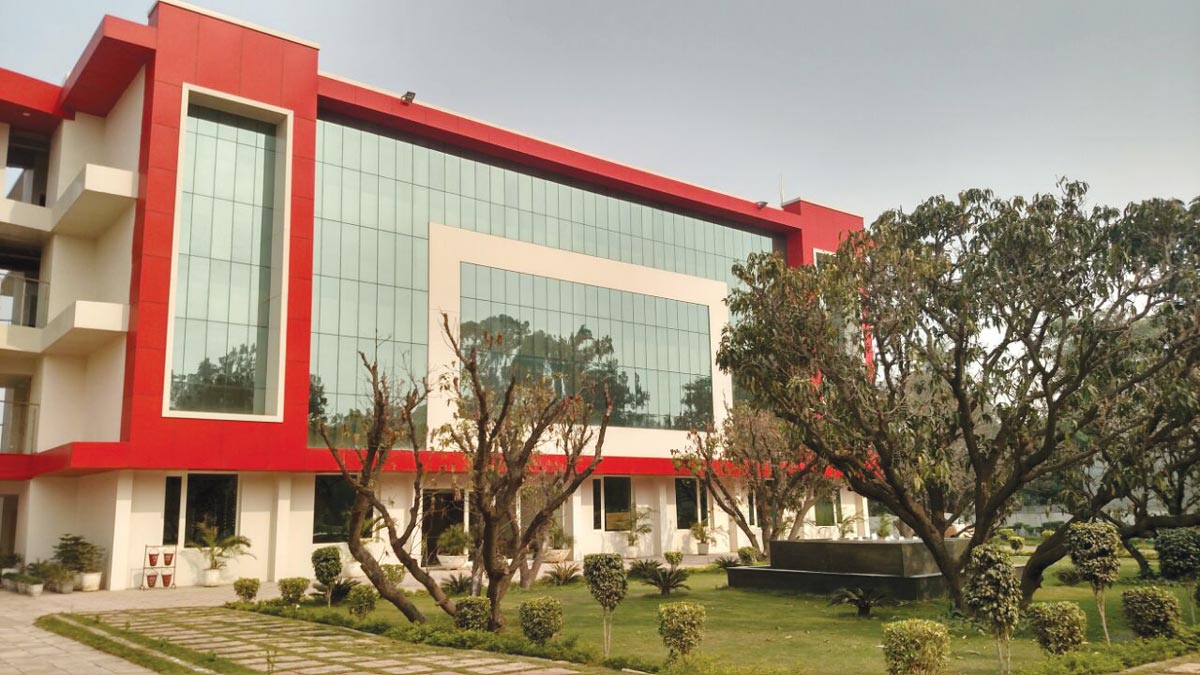
Major developers like Tata Housing, Godrej Properties, K Raheja, Kalpataru, Mahindra Lifespace Developers, Inorbit Malls, The 3C Company, Ackruti City besides others, initiated the process of developing green buildings in India, and the concept is fast catching up among other developers.
Tata Housing has been one of the biggest proponents of green initiatives in the Indian Real Estate space. Its first green development project, Xylem, is also Bengaluru’s first LEED Gold-certified green IT park. The company’s other properties such as Aquila Heights in Bengaluru and Raisina Residency in Gurgaon are also IGBC Gold certified, and its premium luxury villas project in Lonavala is platinum rated by IGBC. Tata Housing is developing over 45 million sqft under the guidelines drawn by IGBC.
 Mount Carmel School, Zirakpur, Chandigarh
Mount Carmel School, Zirakpur, ChandigarhAccording to Hisham Ahmed, energy analyst at Environmental Design Solutions (EDS) Global, the future for green buildings is looking bright as the market has slowly transformed and green buildings are becoming the norm. A pleasant outcome of this emphasis on sustainability is that building design is going back to its roots of solar passive architecture. Traditional design features like shading devices, jalis, mass cooling, natural ventilation etc, are being reconsidered and this trend is expected to pick up. The green building movement is also moving at a rapid pace. LEED India is diversifying with more specific rating systems like Green factories, Green SEZs, Green townships etc. The GRIHA rating system has added SvaGraiha for residential buildings.
Developers are slowly realizing the need and advantages of green building in India and thus, there is a massive growth in green buildings. The IGBC is making a tremendous effort to incorporate green building techniques in majority of developments in India. GRIHA is ensuring that all kinds of buildings become green buildings, and puts great emphasis on local and traditional construction knowledge.
LEED India is diversifying with more specific rating systems like Green factories, Green SEZs, and Green townships, and developers are also realizing the need and advantages of green buildings, and thus, there is a massive growth of green buildings in India
I admire...
The Edge by architects PLP Architecture for their client OVG Real Estate is a high-tech building located in The Zuidas, Amsterdam, and covers an area of 40000.0 m2. The building integrates information technology to shape both the way we work and the spaces in which we do it. It’s about resource efficiency in the traditional sense. It is also the greenest building in the world according to a British rating agency.















